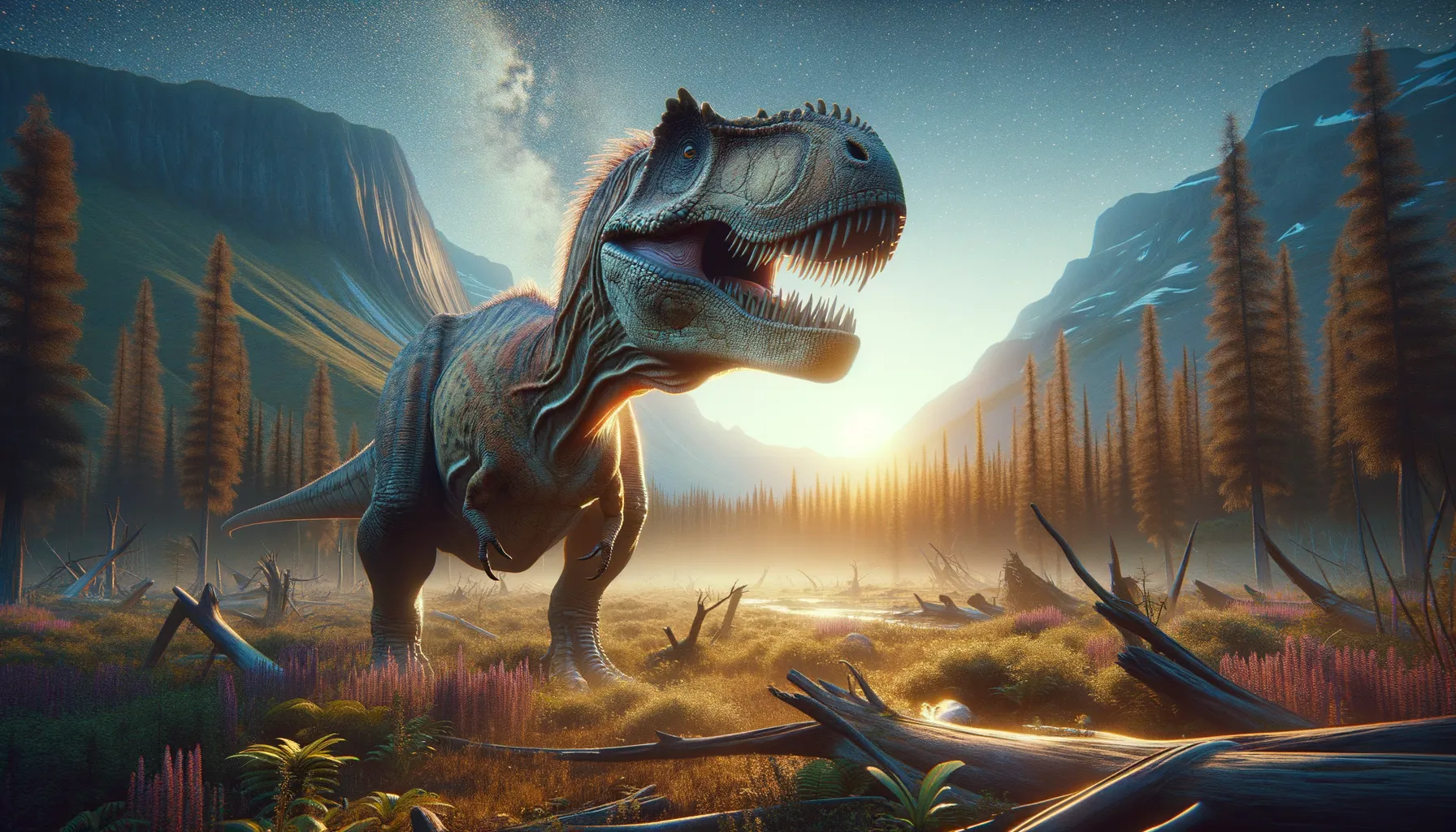
Angulomastacator
A unique jaw, a unique survivor.
Period
triassic
Length
Measured approximately 30 feet long.
Height
Stood roughly 10 feet tall.
Weight
Estimated around 3 tons.
Angulomastacator was a herbivorous dinosaur that roamed the earth during the Cretaceous period. Known for its unique jaw structure, this dinosaur adapted well to its environment, mainly feeding on the rich vegetation of its time. Its diverse diet helped it thrive in various habitats, making it one of the adaptable creatures of its era. Discovered in North America, its fossils provide insight into the life and times of dinosaurs.
Diet
Angulomastacator was herbivorous, primarily feeding on plants. Its diet likely consisted of leaves and ferns, typical of the Cretaceous period flora.
Hunting
Being a plant-eater, Angulomastacator did not hunt other creatures. It spent much of its time grazing and foraging for food, similar to other herbivores of its time.
Environmental challenges
During the Cretaceous period, Angulomastacator faced challenges such as seasonal climate changes that affected plant growth. The shifting environment required it to adapt its feeding habits to the availability of resources. Additionally, it had to avoid predators that thrived in the same habitats. Climate change might have played a part in the adaptation of its unique anatomical features.
Speed
It likely moved at a steady pace, not very fast.
Lifespan
Its lifespan might have ranged from 20 to 30 years.
First discovery
The first discovery was made in Texas in 1999.
Fun Facts
- Angulomastacator, meaning 'bent chewer', was a hadrosaur, which is a type of duck-billed dinosaur.
- It lived during the Late Cretaceous period, about 80 million years ago.
- Fossils of Angulomastacator have been found in Texas, USA.
- The name Angulomastacator comes from its unique jaw structure, which suggests it had a distinctive way of chewing its food.
- This dinosaur was likely herbivorous, feeding on plants with its specialized teeth.
- Angulomastacator had a long, flat snout, which may have helped it in foraging and feeding.
- Due to its unique jaw, some scientists believe it had an unusual chewing style compared to other hadrosaurs.
Growth and Development
As a relatively large dinosaur, Angulomastacator experienced significant growth throughout its life. It likely went through several stages of development, maturing over a period of years before reaching full size. Juveniles may have had different features before fully developing their unique jaw structure.
Habitat
Angulomastacator inhabited lush, vegetated environments where it could easily find food. These habitats likely included forests and river valleys, providing ample resources. The regions it lived in would have had diverse plant life to support its diet. Water sources in these areas were crucial for its survival.
Interaction with other species
Angulomastacator lived alongside various other dinosaur species, both herbivores and predators. It might have shared its habitat with other plant-eaters, competing for resources. Its unique adaptations could have provided advantages in these interactions.
Natural lifespan
Its natural lifespan is thought to be around 20-30 years.
Reproduction
Reproduction likely involved laying eggs in nests, as is common with many dinosaurs. Nesting sites would have been carefully chosen for protection and resource access. Parental involvement post-hatching is not well-documented but presumed minimal.
Social behaviour
While specific social behaviors are unknown, Angulomastacator may have exhibited herd-like tendencies. Living in groups could have provided security and facilitated feeding. Social interactions might have been similar to those of modern-day large herbivores.
Fossil locations
Fossils of Angulomastacator have been discovered in Texas, providing valuable information about its existence. These locations help researchers understand its geographical distribution during the Cretaceous period. Fossil evidence is limited but crucial for reconstructing its life and environment.
